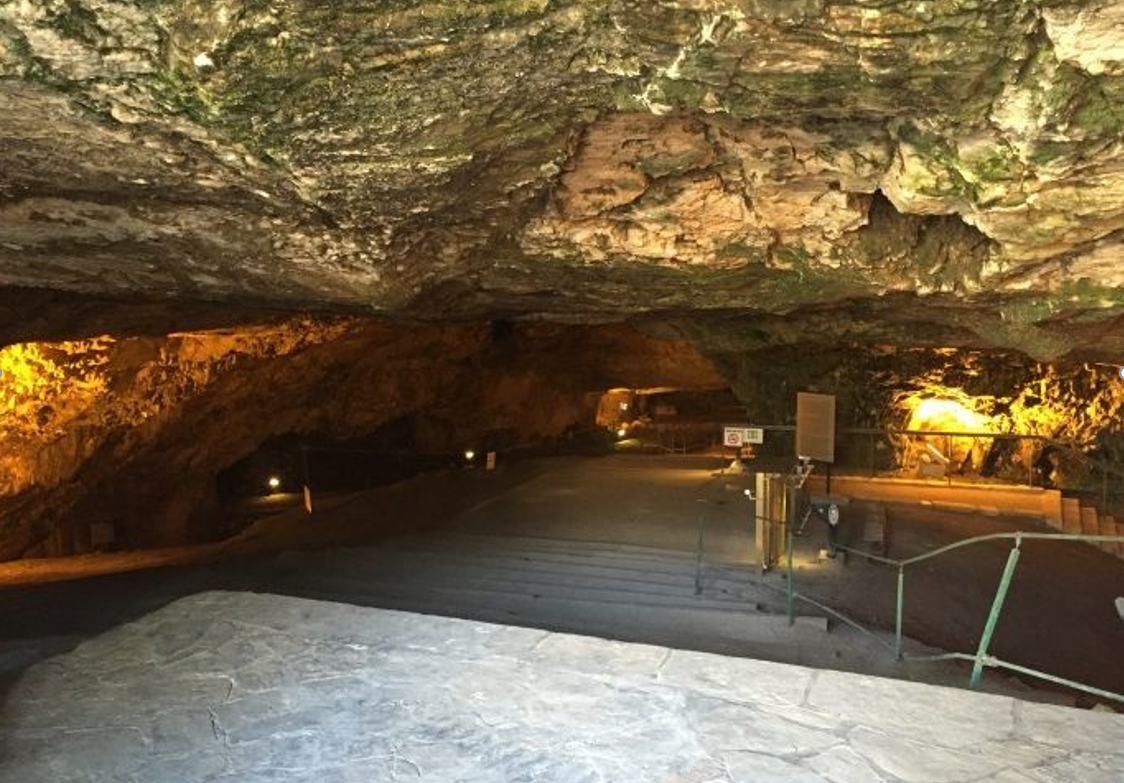Solomon's grotto
The durability and quality of the stones of the Jerusalem city wall is due to the "cotton grotto" cave, which is located on the north side of the wall east of Bab al-Amud, where its stones were used for three years to restore and build it during the reign of the Ottoman Sultan Suleiman the magnificent, and was also used in the construction of the clock tower in Jaffa at the end of the 19th century.
.jpg)
The "cotton Grotto" -also called: flax, sadkiyahu, Solomon's quarries, Royal caves - was used as a quarry in several eras, and its area is estimated at about nine thousand square meters extending below the Houses of the Old City of Jerusalem, and its proximity to the wall helped to uproot the stones with which the grandiose buildings were constructed inside Jerusalem.
Despite the historical and spatial importance of the grotto, its mention is scarce in Arabic sources, Muhammad ibn Ahmad Shams al-Din al-Maqdisi mentioned it in his book" the best division in the knowledge of the territories "in the tenth century AD, and then five centuries later Mujir al-Din al-Hanbali mentioned it as the"linen grotto".
The cave was mentioned in foreign references such as the maps of the Palestine surveys in 1873 by captain "Claude Conder" and was named after Cotton and linen due to the storage of cotton and linen in it at one period, according to the Jerusalem researcher Fouad qatina.
The cotton Grotto is located on the north side of the Jerusalem wall east of Bab al-Amud the cotton Grotto is located on the north side of the Jerusalem wall east of Bab al-Amud (Al-Jazira)
The signs distributed inside the cave-which was erected by the occupation municipality in Arabic, English and Hebrew - show that it continued to be used as a secret refuge for the children of the three monotheistic religions and many associations until the middle of the 19th century.
The director of the Archaeological Studies Unit at Al-Quds University, Hani Nour al-Din, says that the re-identification of the cotton grotto was done in 1854 by chance by an American priest named "James Barclay" who involved the grotto in a great controversy about the name of the site and its historical identity among those interested in the Antiquities and history of Jerusalem, a controversy that has continued until the present day, as Barclay claimed in his book "the city of the great king" there is a direct relationship between the grotto and the texts of the Old Testament.
At the origin of the name of the cave, it is said that it is named after King Zedekiah, who escaped to the city of Jericho through the cave during the Babylonian siege of Jerusalem, according to the biblical text, in 586 BC.M.

